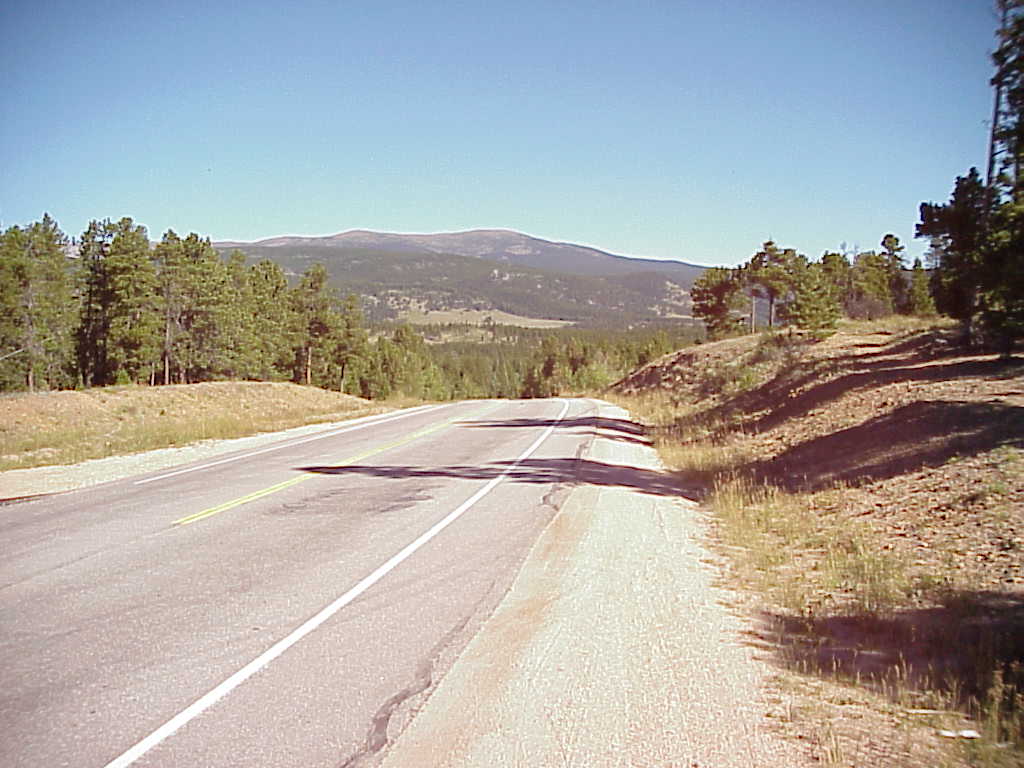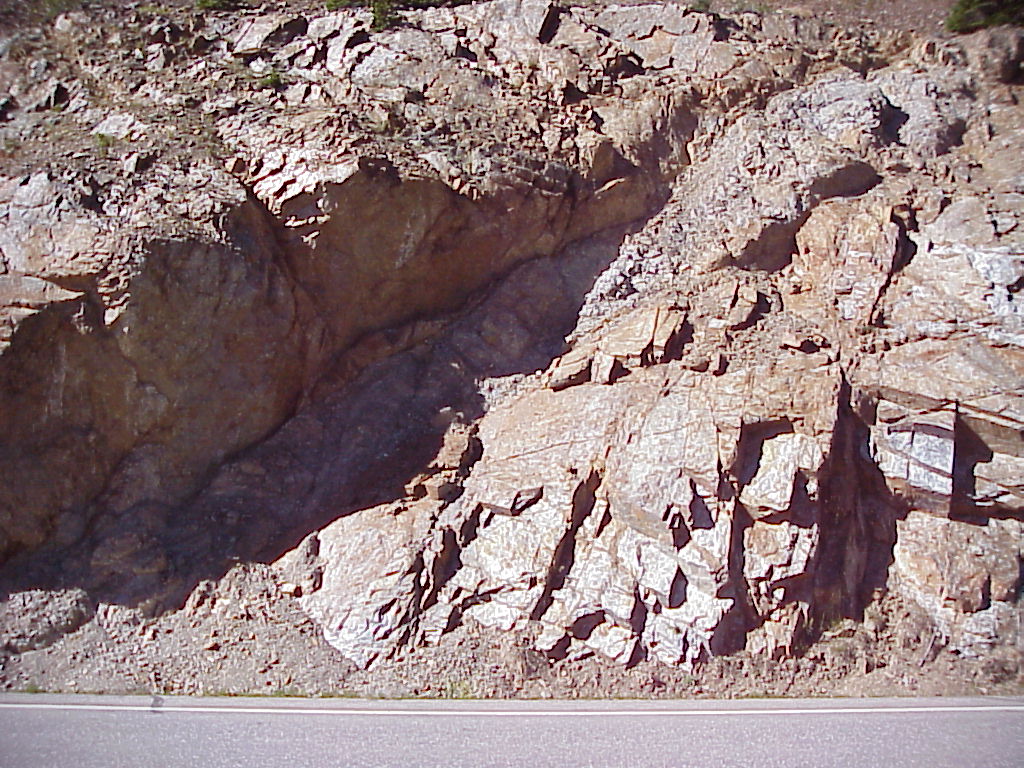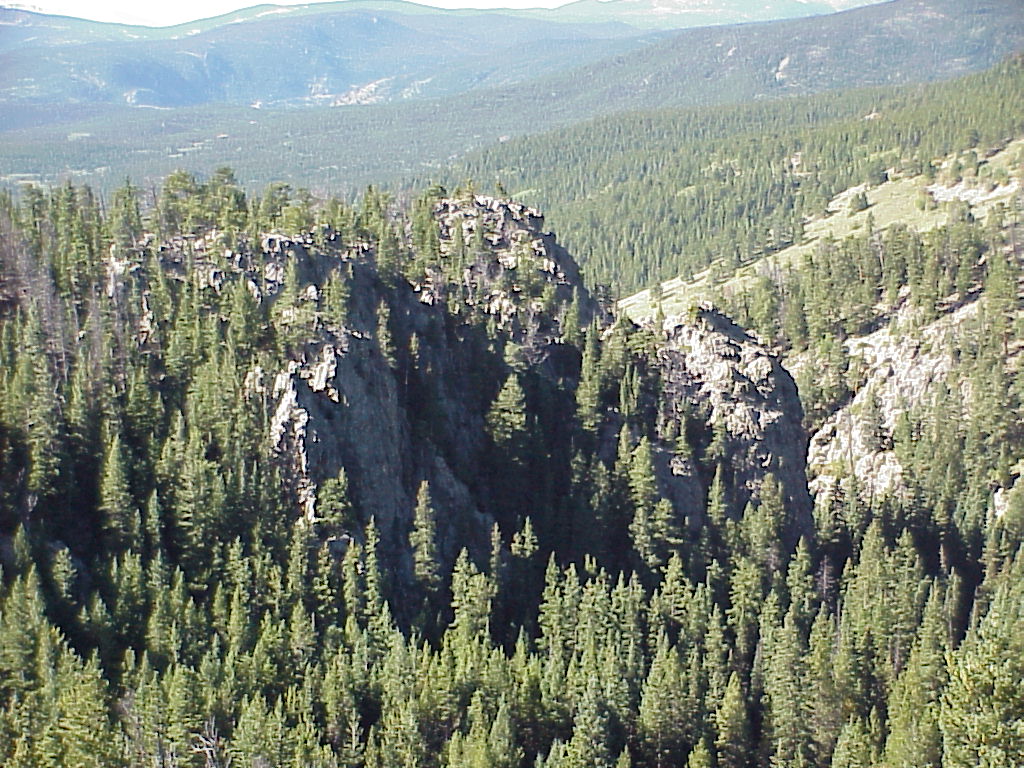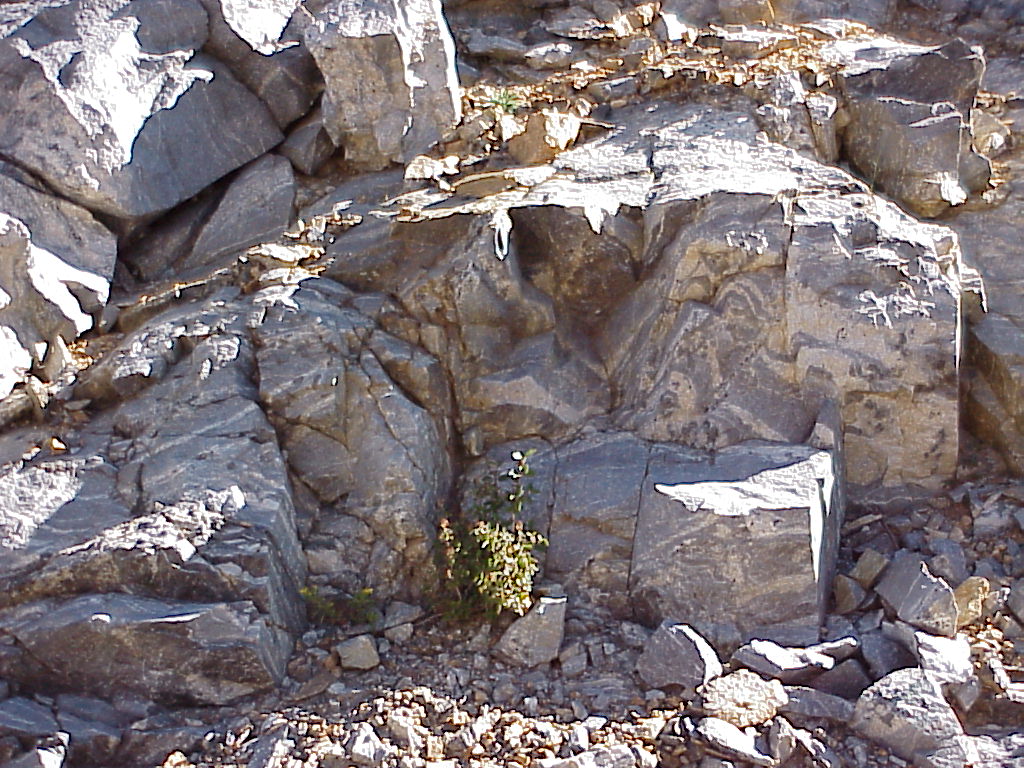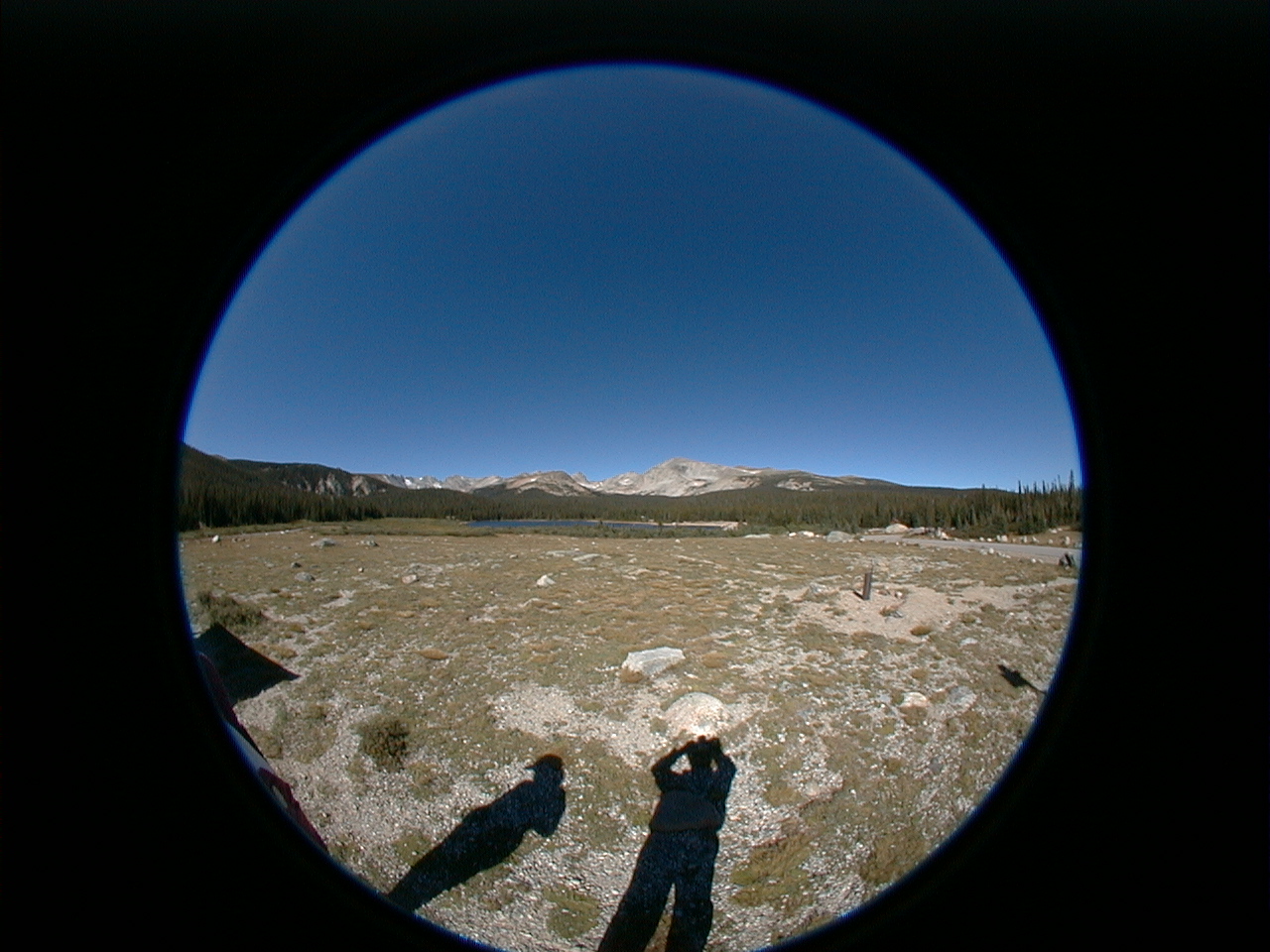Odometer: 0.00
![]() Colorado's Peak-to-Peak highway provides some of the most breathtaking scenery in North America. For the geologist, the beauty is not just in vistas of distant summits but closer to the road. Right beside the road in fact. To the geologist, the Peak-to-Peak provides some of the most interesting road cuts in the inner Solar System. Come with us as we travel north from Nederland to Estes Park and Rocky Mountain National Park with a side trip to Brainard Lake and the Indian Peaks Wilderness.
Colorado's Peak-to-Peak highway provides some of the most breathtaking scenery in North America. For the geologist, the beauty is not just in vistas of distant summits but closer to the road. Right beside the road in fact. To the geologist, the Peak-to-Peak provides some of the most interesting road cuts in the inner Solar System. Come with us as we travel north from Nederland to Estes Park and Rocky Mountain National Park with a side trip to Brainard Lake and the Indian Peaks Wilderness.












